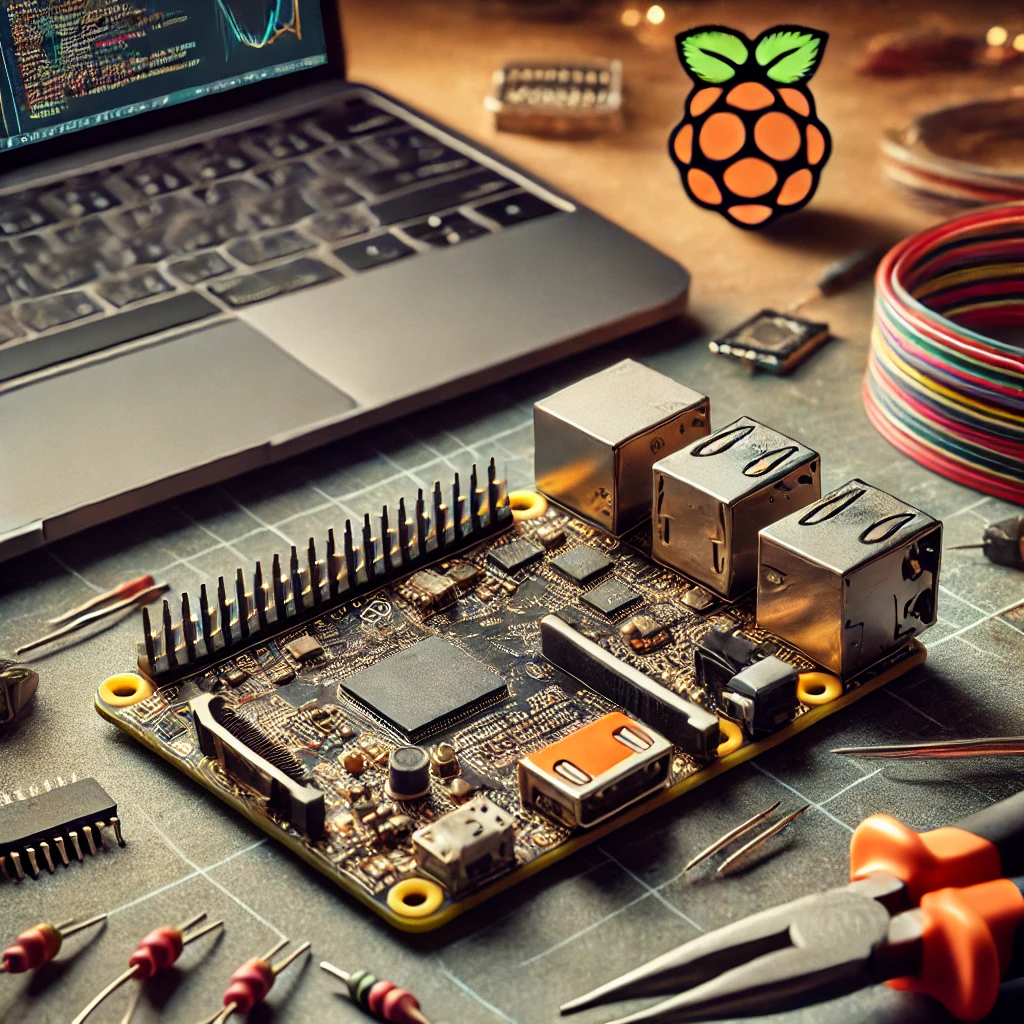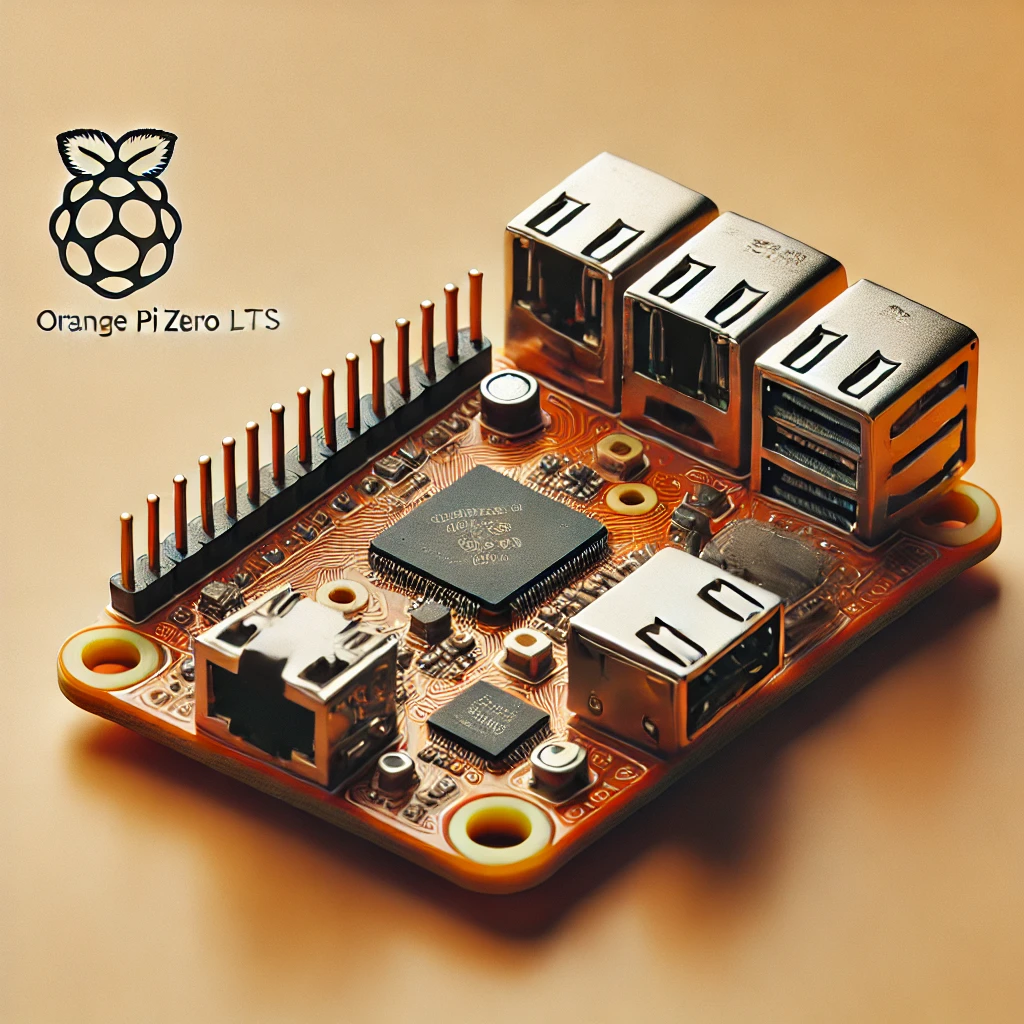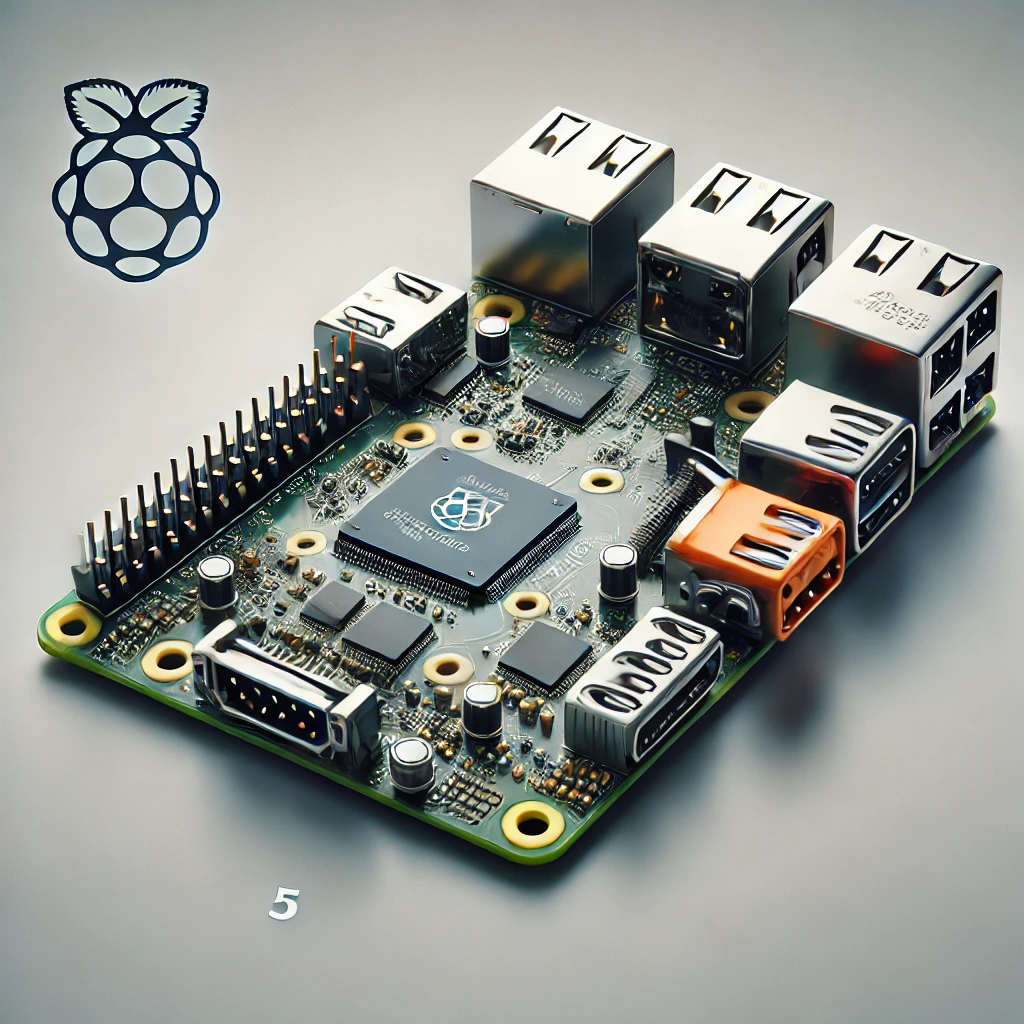ESP32 is a low-cost, low-power system-on-chip (SoC) microcontroller with integrated Wi-Fi and dual-mode Bluetooth. Designed by Espressif Systems, this microcontroller is widely used in IoT (Internet of Things) projects, smart devices, and DIY electronics due to its robust performance and versatility.
Key Features of ESP32
The ESP32 comes loaded with features that make it a favorite among developers:
- Wi-Fi and Bluetooth Integration: The microcontroller boasts built-in Wi-Fi and Bluetooth (both classic and BLE), enabling seamless wireless communication.
-
Low Power Consumption
It offers advanced power-saving features like deep sleep mode, which helps optimize energy use for battery-powered devices. -
High Processing Power
Powered by a dual-core processor with adjustable clock speeds, the ESP32 provides sufficient computational resources for complex tasks. -
Versatile Input/Output Ports
With its multiple GPIO (General Purpose Input Output) pins, ESP32 allows users to connect various sensors and actuators.
Applications of ESP32
The ESP32 is used in a wide range of applications due to its high flexibility and performance:
-
Home Automation
ESP32 enables wireless control of home appliances and systems, such as lights, HVAC systems, and security devices. -
Wearable Tech
Its low-power consumption and Bluetooth capabilities make it ideal for wearable devices like fitness trackers and smartwatches. -
IoT Devices
From smart agriculture to industrial IoT, ESP32 is an integral component in building connected devices that can communicate over the internet. -
Robotics and Drones
ESP32’s high processing capabilities and support for various input/output operations make it perfect for controlling robots, drones, and automation projects.
Why Choose ESP32 Over Other Microcontrollers?
The ESP32 stands out due to its comprehensive feature set and competitive pricing. While other microcontrollers may offer similar specs, ESP32’s built-in Wi-Fi and Bluetooth, combined with its low-power modes, make it the go-to choice for IoT and embedded system applications.
Technical Specifications of ESP32
- Processor: 32-bit dual-core processor (Tensilica Xtensa LX6)
- Clock Speed: Up to 240 MHz
- RAM: 520 KB
- Flash Memory: Up to 16 MB
- GPIO Pins: 34 (input/output, ADC, DAC, PWM, etc.)
- Connectivity: Wi-Fi 802.11 b/g/n, Bluetooth 4.2 (Classic and BLE)
- Power Supply: 2.2V – 3.6V
- Power-saving modes: Light sleep, Deep sleep, Hibernate
Conclusion: Is ESP32 Right for Your Next Project?
If you’re working on a project that requires wireless communication, low power consumption, and versatility in terms of input/output controls, the ESP32 is a perfect choice. Its robust community support, ease of programming, and extensive features make it suitable for beginners and professionals alike.
*For a step-by-step guide on Programming ESP32 with Arduino IDE, click here.
*For detailed documentation on ESP32, visit Espressif’s official website.





